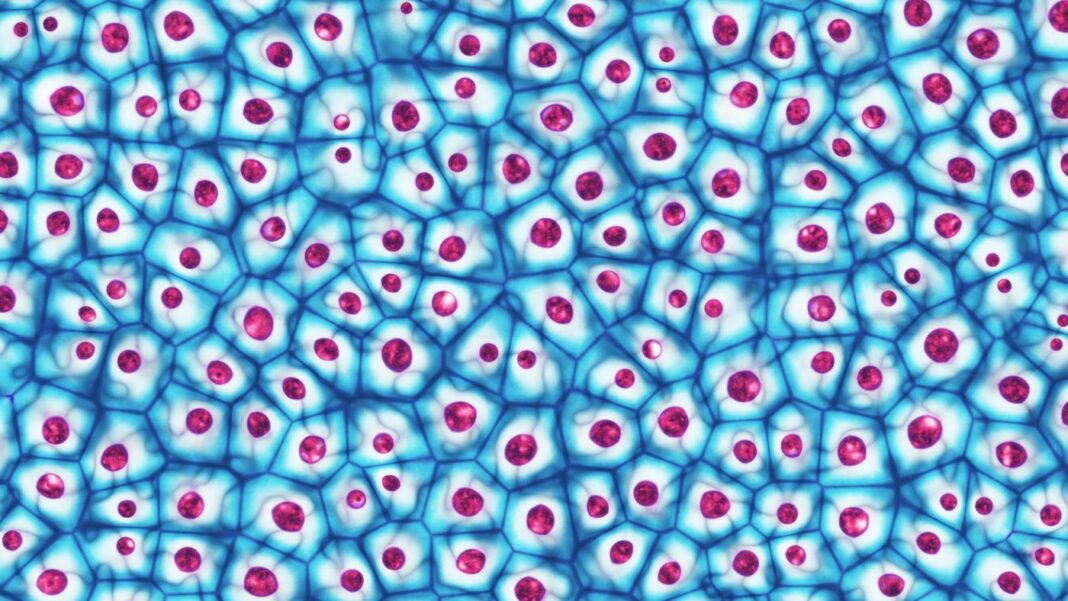Credit: Eduard Muzhevskyi/Science Photo Library/Getty Images
Cell therapies only work when the cells are alive. “Low cell viability can have significant impact on product quality and manufacturing efficiency,” points out Rebecca Lim, PhD, associate professor at the Hudson Institute of Medical Research in Victoria, Australia, who with her colleagues published a study (“Improving cell viability using counterflow centrifugal elutriation”) in Cytotherapy.
To separate the live cells from the dead ones, Lim’s team tested Thermo Fisher Scientific’s ROTEA bench-top counterflow centrifugation device.
Traditional centrifugation spins down cells, which accelerates sedimentation. “Counterflow centrifugation retains cells in suspension by balancing the sedimentation velocity with the counterflow velocity in the processing chamber,” Lim explains. “Cells or particles of smaller size and lower density migrate towards the wider end of the chamber and can be separated from the larger or denser cells or particles through elutriation.”
This process could help a bioprocessor remove the dead cells, because they are usually smaller than the live ones. Plus, the process is gentler.
The potential benefits in bioprocessing cell therapies should also be easy to introduce in commercial methods. “Counterflow centrifugal technology has been applied to cell manufacturing for cell washing, concentration, and cell selection,” continues Lim. So, the technology is not new in the bioprocessing industry, but it could be put to more use as a live-dead cell sorter.
As an example of applying counterflow centrifugation to cell therapies, Lim’s team used this method in a process that expands primary T cells. Compared to traditional methods, counterflow centrifugation increased the proportion of living T cells by about 15%.
Not only did the method improve the number of living T cells, but it also created T cells that would be more therapeutically potent.
“We observed that dead-cell removal increased proliferation capacity,” Lim says. “This was likely due to fewer apoptotic cells present in the culture following processing.”


